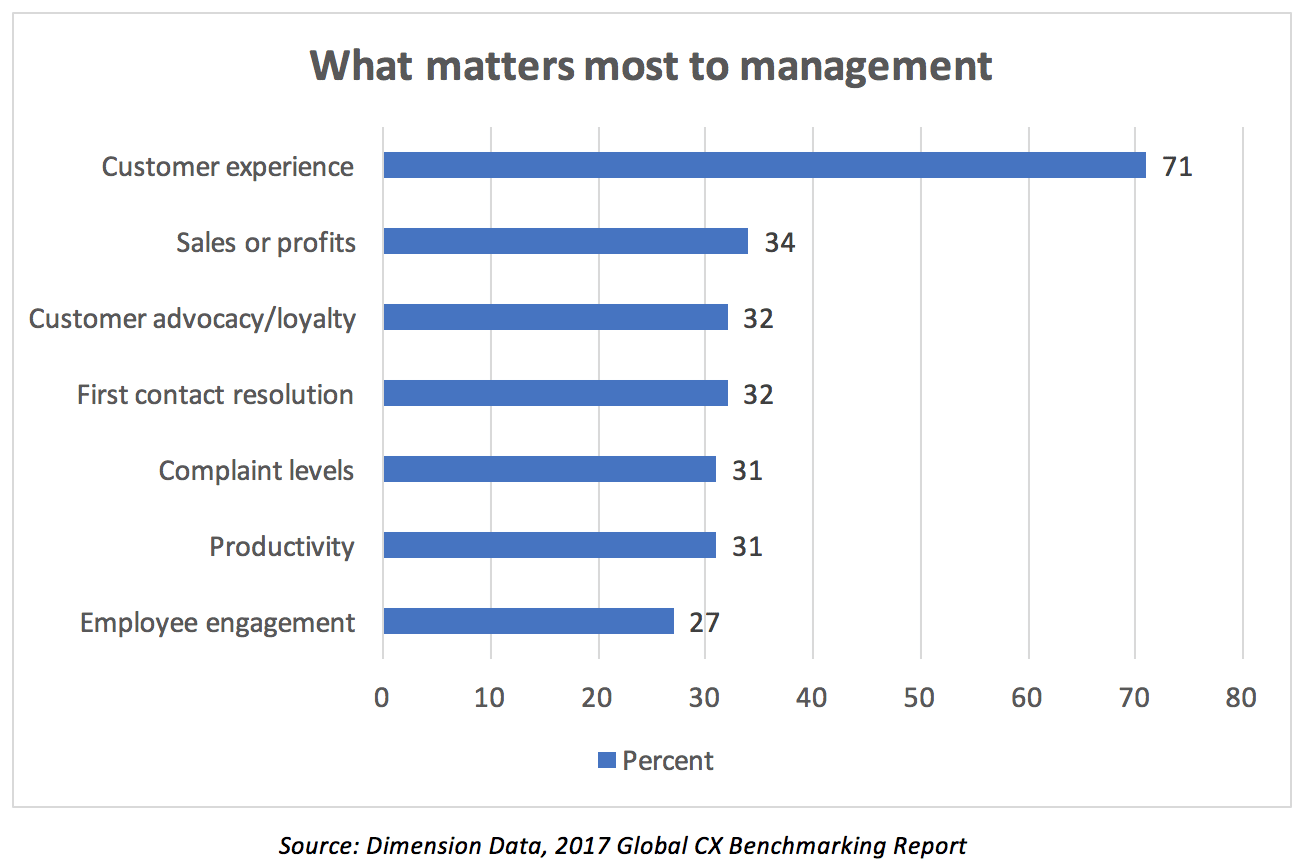
It’s a given that technology is constantly evolving, with new innovations coming to market every day. Some of these new solutions become the latest trend du jour, and businesses need to carefully evaluate the overall value and benefits of deploying these solutions in their enterprises. The truly disruptive technology is driving the digital transformation that is improving the way many companies operate. That said, there’s some uncertainty in understanding what digital transformation means to different companies. To make it more relevant for both IT and end users in the workforce, this series of blog posts will break it down in terms of specific benefits to businesses from SMB to enterprise.
The underlying technology driving digital transformation is both exciting and complex but requires a very different analysis from the scope of my previous blog posts. Decision makers need to understand the applications, processes, and outcomes that come with digital transformation and how they translate into business value. I’m going to address three prime examples in this series, and in each case, cloud-based collaboration platforms play a key role.
My analysis begins with perhaps the hottest topic in the collaboration space: customer experience (CX). This may not be the first thing you associate with collaboration or digital transformation, but it certainly resonates strongly with management. To illustrate, here is a graph from a recently published report produced by Dimension Data.

Additional industry studies reflect a similar sentiment about the importance of CX. There are two reasons why this should be the top consideration when evaluating how collaboration solutions can support your broader plans around digital transformation.
Before addressing those reasons, the connection between CX and collaboration needs to be clarified. Traditionally, contact center interactions haven’t been very collaborative at all; they’ve mostly been just a dialogue between customers and agents. Contact centers that are still based on legacy technology are falling further behind the digital applications that customers are using, and this model is putting agents at a disadvantage; they simply don’t have access to enough resources or expertise to resolve customer issues in real time.
As far as collaboration in the workplace is concerned, enterprises have typically viewed these solutions for use by internal teams, but not for agents because they’re customer facing. Today, a new opportunity is emerging that enables collaboration platforms to integrate office-based workers with contact center agents—not for working on internal projects, but rather for ad hoc collaboration to solve customer problems as they happen in real time. This delivers strategic value to the business and enables contact centers to resolve problems faster than previously possible; and that’s a powerful way to deliver a better customer experience. In addition to the two reasons cited above, several CX characteristics are measurable, such as customer satisfaction, contact center performance, purchasing history, etc. Integrating collaboration solutions with these characteristics can drive better results, particularly customer resolution times, by communicating answers through the customer’s preferred mode of communication. Customer satisfaction and loyalty will increase.
Based on the maxim that “you can only improve what you can measure,” these metrics will be greatly interesting to management, and the business case for this transformative technology becomes very compelling.
In addition, you and your management team will gain a more holistic understanding of digital transformation by starting with CX. The impact will be felt internally across the organization, especially in terms of improved business processes and everyday workflows. The digital transformation derived by collaboration CX applies equally to your customers; and as their expectations change, your external workflows will evolve, especially in the contact center. To effectively adapt through digital transformation, you need to appreciate its impact both internally and externally.
Cloud-based collaboration solutions: taking CX to the next level
Today’s customer expectations are for greater immediacy and shorter time frames to place orders, get answers, etc., and companies need to elevate CX beyond what they are doing today to meet those expectations. Unless you plan to rely solely on a self-service model for customer support, your agents are going to need better tools to both engage across multiple channels and collaborate internally to get information and answers in real time.
Technology isn’t the only way to improve CX, but if you continue using legacy technology or communications applications that are not tightly integrated, it will be impossible to keep pace with changing customer needs. As digital transformation capabilities progress, CX will increasingly be defined by attributes such as the following:
- Communicating based on the channel(s) customers prefer
- Engaging right away with the customer and getting a speedy resolution
- Addressing issues with a single point of contact without having to call back or repeat basic information to different people
- Providing customers with flexible options for services that align with their situations and desired experiences: self-serve, web chat, voice, video, etc.
- Delivering a personalized experience regardless of channel(s) used
The expectations around these attributes will vary widely, but they will all be better addressed when agents can work more collaboratively. They simply cannot do all these things with legacy technology and relying on disparate applications that don’t integrate with one another. This is where collaboration platforms can play a central role in helping your business deliver a better CX as digital transformation continues moving forward.
Whether the end customer is a consumer or a business decision maker, my recent research indicates that their needs are being shaped now by digital transformation. This means having faster bandwidth, adopting a mobile-centric workstyle, and using cloud-based applications tailored specifically for their needs. Whether or not you have these capabilities, this is the standard toward which your customers are moving, and it’s happening quickly.
If you’re ahead of the curve, you’ll be able to meet those needs, but most businesses are behind. Now is the time for IT to take control and enable digital transformation through cloud-based collaboration that helps companies evolve, and support superior customer experiences that ultimately build loyalty and revenues. The stakes are too high to ignore the gap between customer expectation and experience, especially if your competitors are moving at a faster pace.
Digital transformation goes well beyond deploying a collaboration solution; but in terms of delivering a great CX, it may well be your best investment short of doing a complete refresh of your contact center. That’s not an option for most businesses, so it’s easy to understand why cloud-based collaboration solutions are gaining traction to meet today’s customer and team collaboration needs.
Originally published Jul 18, 2017, updated Jun 16, 2024




